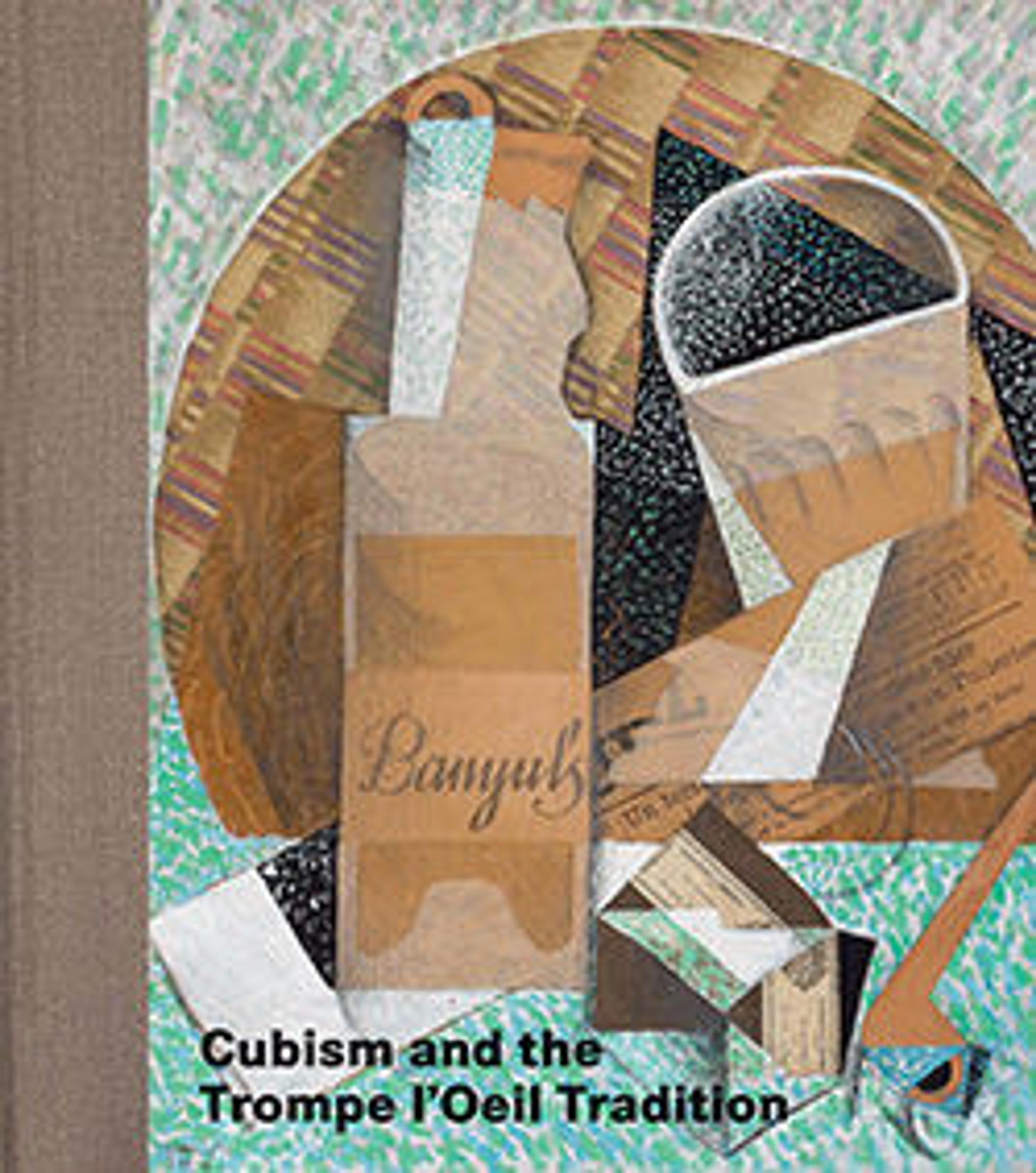"Antonius" Violin
Antonio Stradivari has long been thought to have been an apprentice of Nicolò Amati, but census documents do not list Stradivari as a garzone (shopboy) in the Amati household. Stradivari's early instruments do show the stylistic influence of the Amati, but as Girolamo II and Nicolò were the principal makers in Cremona during Stradivari's formative years, it would be natural for Stradivari to have been influenced by their work. Antonio Stradivari worked with two of his sons, Francesco (1671-1743) and Omobono (1679-1742), and today over 600 instruments survive from this prodigious workshop. Stradivari experimented with the shape and arching of the violin and made instruments according to many dimensions and proportions during his long career. Stradivari employed flatter arching than his predecessors, and this contributed to the production of a more powerful tone. During the period from about 1700 to 1720, Stradivari produced many of his finest violins and this is known as his "Golden Period."
Artwork Details
- Title: "Antonius" Violin
- Maker: Antonio Stradivari (Italian, Cremona 1644–1737 Cremona)
- Date: 1711
- Geography: Cremona, Italy
- Culture: Italian (Cremona)
- Medium: Maple, spruce, ebony
- Dimensions: Height: 23 in. (58.4 cm)
Width: 8 in. (20.3 cm) - Classification: Chordophone-Lute-bowed-unfretted
- Credit Line: Bequest of Annie Bolton Matthews Bryant, 1933
- Object Number: 34.86.1a
- Curatorial Department: Musical Instruments
More Artwork
Research Resources
The Met provides unparalleled resources for research and welcomes an international community of students and scholars. The Met's Open Access API is where creators and researchers can connect to the The Met collection. Open Access data and public domain images are available for unrestricted commercial and noncommercial use without permission or fee.
To request images under copyright and other restrictions, please use this Image Request form.
Feedback
We continue to research and examine historical and cultural context for objects in The Met collection. If you have comments or questions about this object record, please contact us using the form below. The Museum looks forward to receiving your comments.
